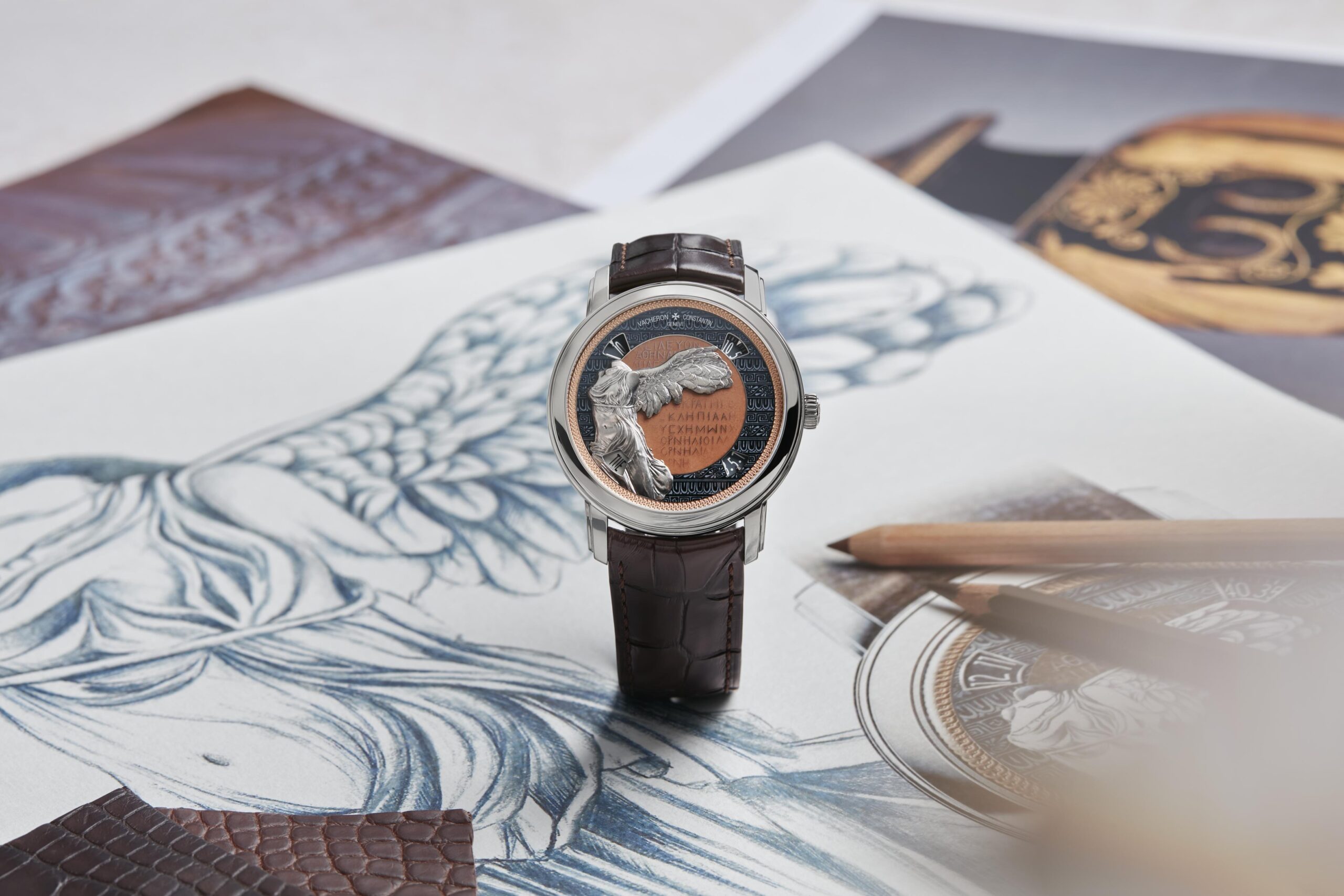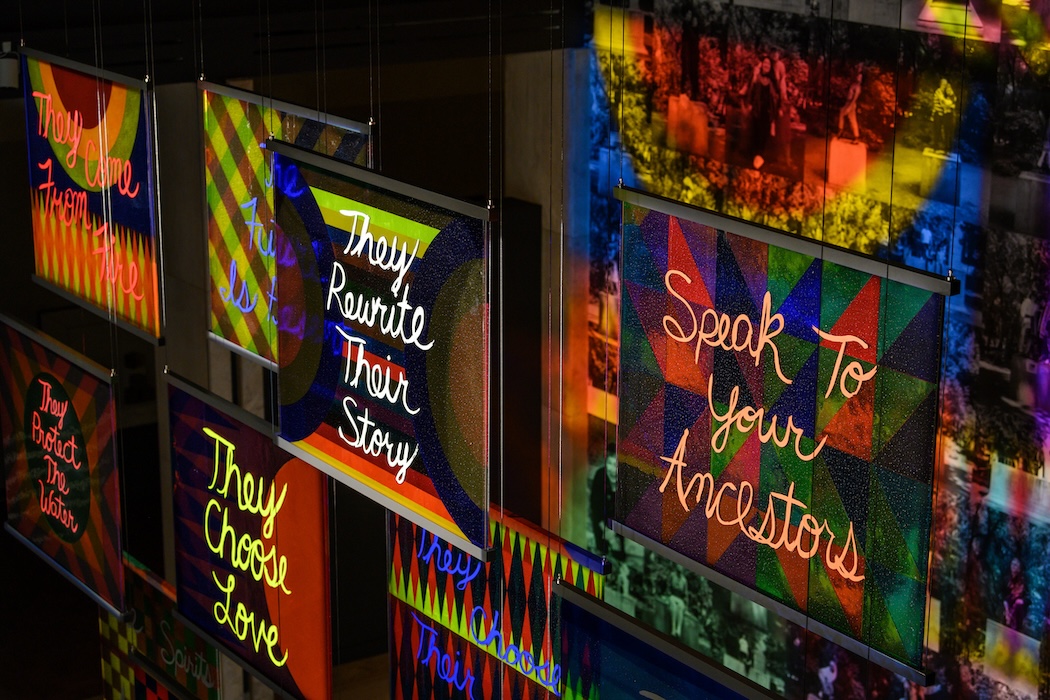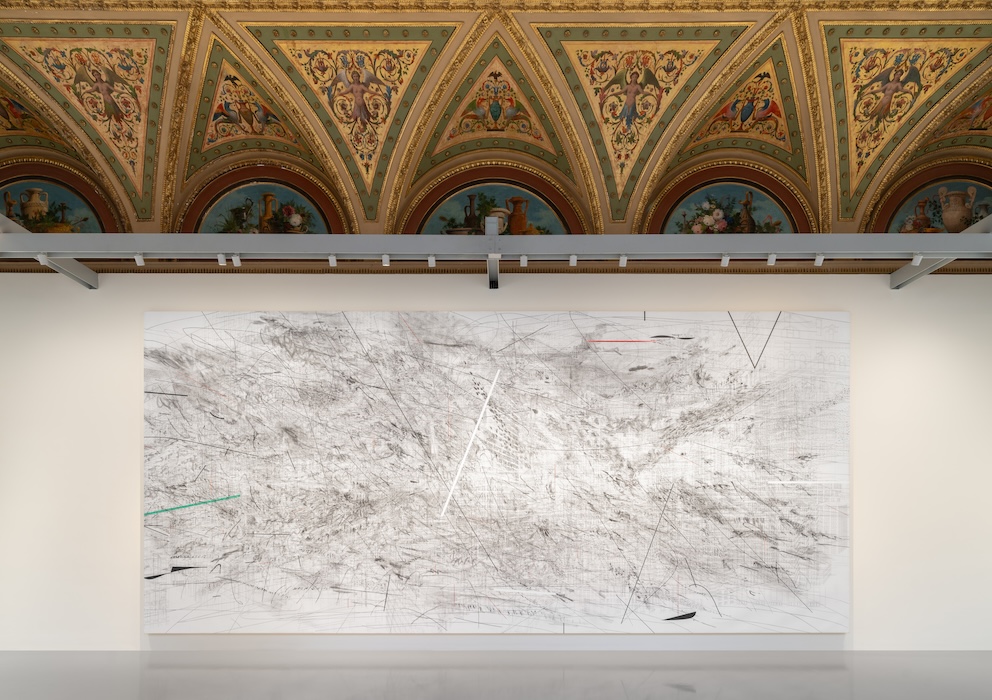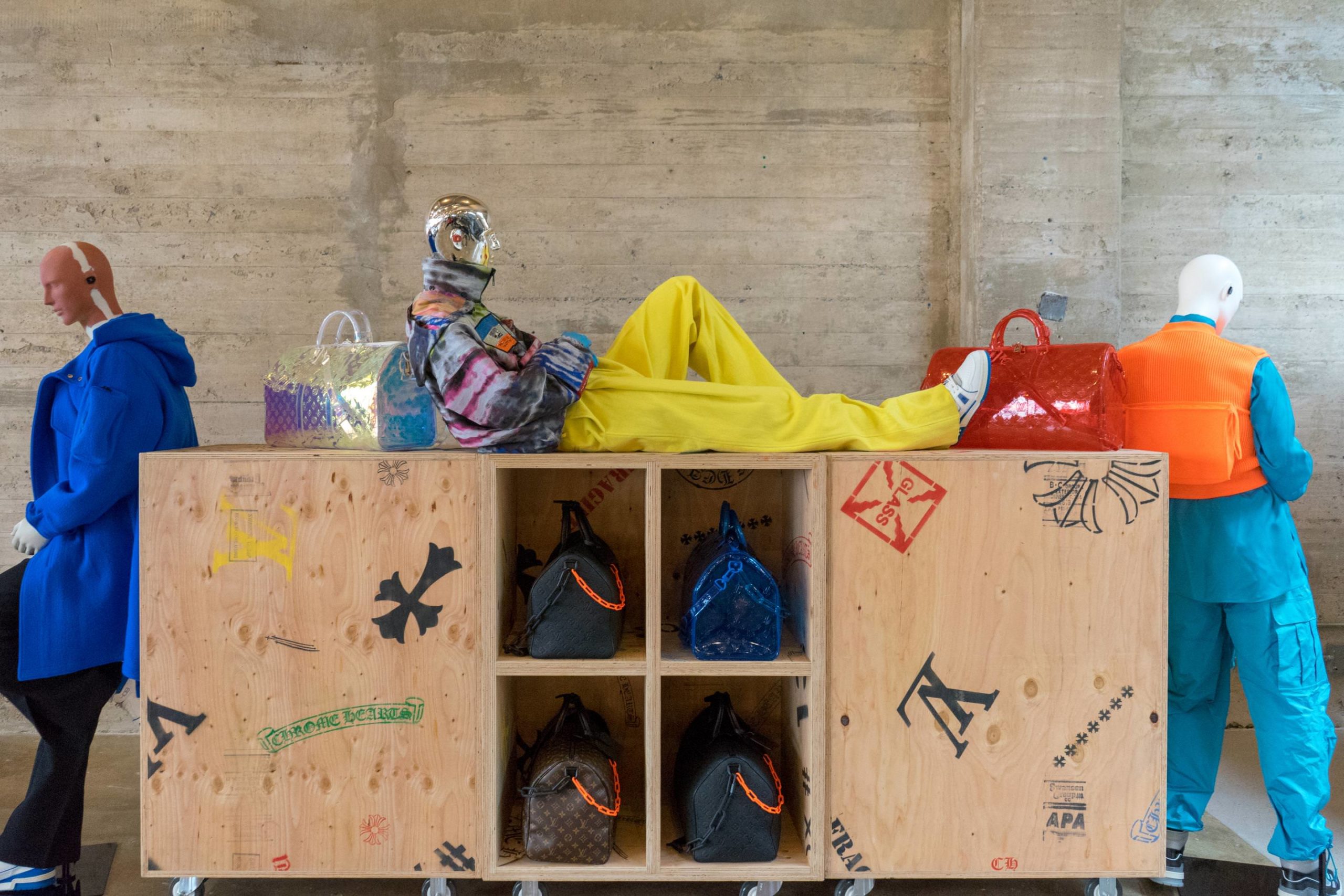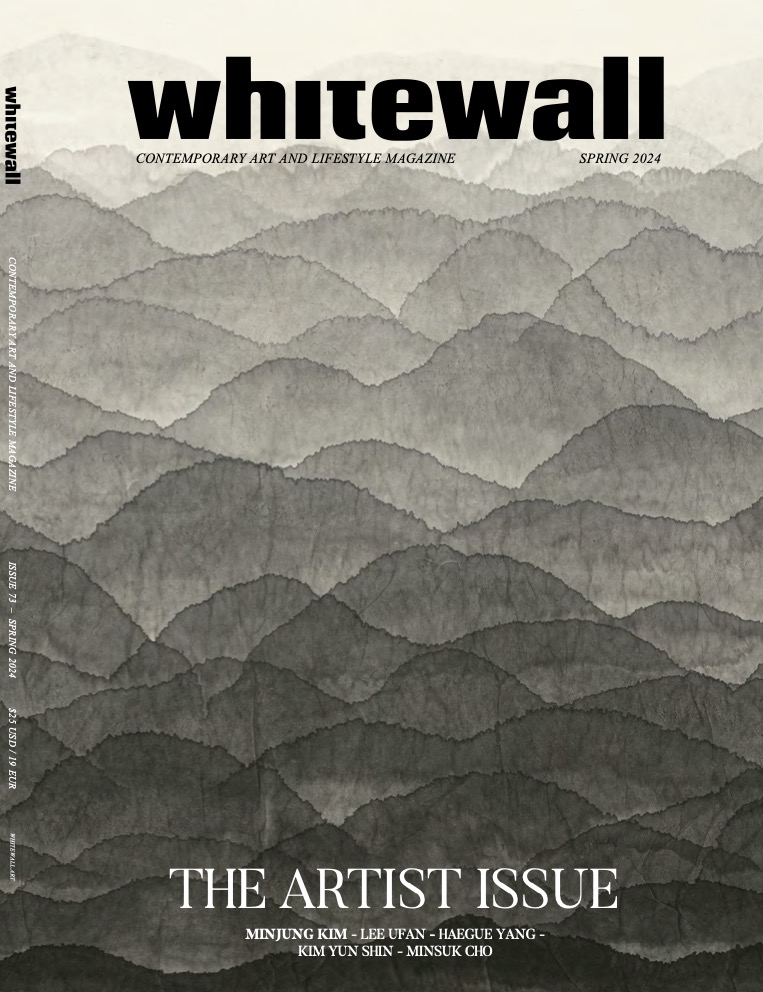In 2007, Chanel presented the first chapter of its CULTURE CHANEL project—a multipart series that tells the story of Gabrielle Chanel, highlighting different facets of her illustrious life and how these aspects shaped her and her history. The project has been shown in a series of exhibitions, conceived and curated by Jean-Louis Froment, and has included previous installations in Moscow (2007), Shanghai and Beijing (2011), Canton and Paris (2013), and Seoul (2014). While those exhibitions showed the public how Mademoiselle Gabrielle gained character and personality to excel in her professional career, the most recent, “La donna che legge” (“The Women Who Reads”), gave insight into her love for literature.
On view from September 17, 2016—January 8, 2017, at the Ca’ Pesaro International Gallery of Modern Art in Venice, the exhibition approached Mademoiselle Gabrielle’s authentic adoration for text in a multitude of ways through the display of over 350 personal objects from her Paris apartment. At 31 rue Cambon, Mademoiselle Gabrielle lived among her books, which sat high on shelves squaring up to the home’s lacquer panels.
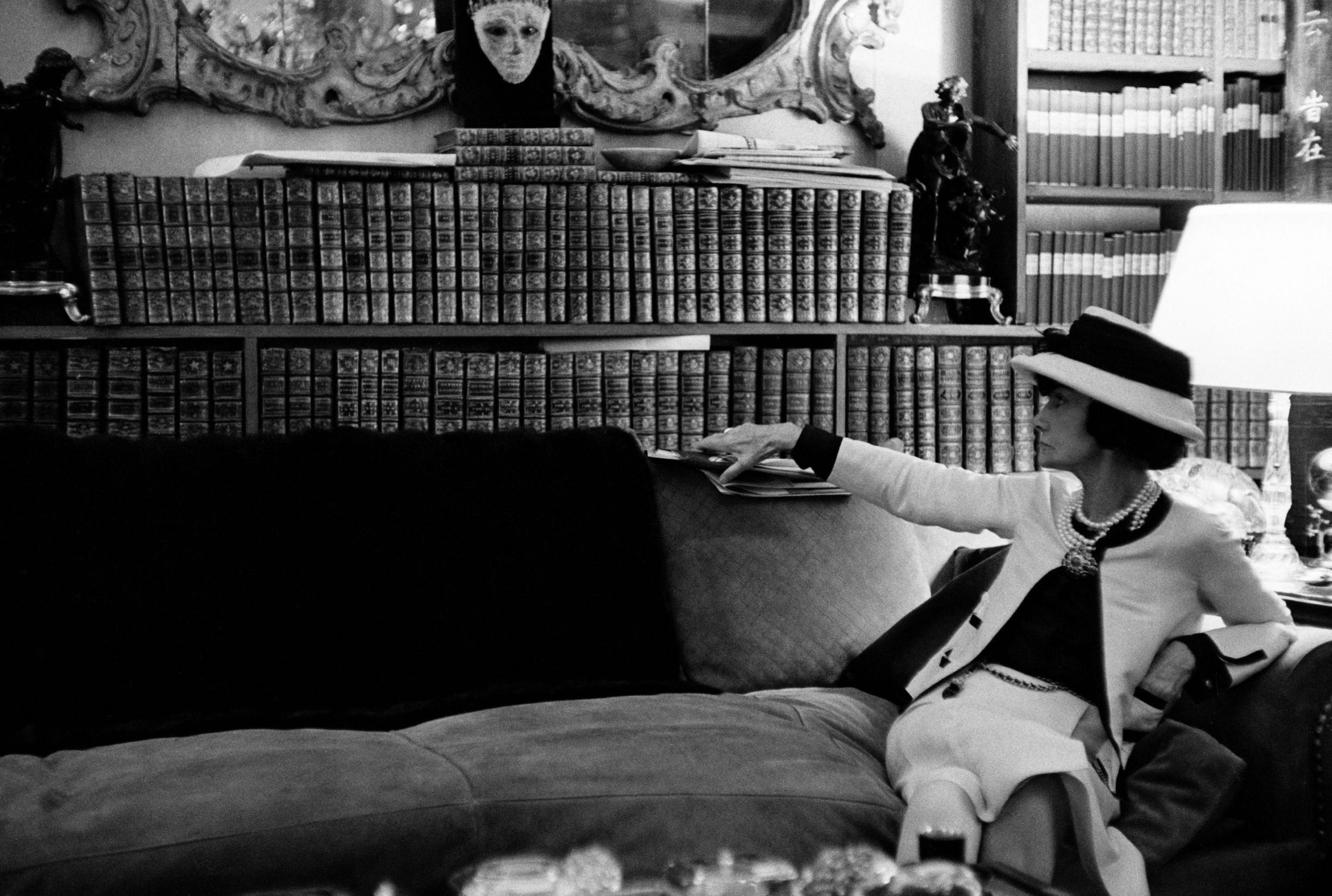
Portrait of Gabrielle Chanel on her sofa looking at her library
July 1962
Photo by
Douglas Kirkland Collection, Los Angeles
© DOUGLAS KIRKLAND
The presence of writing—and its many daydreams, ideas, and anecdotes—was nearly all around her. The tales by writers she admired, such as Homer, Plato, Sophocles, Dante, Madame de Sévigné, Stéphane Mallarmé, and Montaigne, resonated with those that she knew, like Pierre Reverdy, Max Jacob, and Jean Cocteau. Cocteau, a poet and artist of many talents, was known to have had a large part in her discovery of contemporary art, introducing her to some of the major artists at the time. These introductions led to professional endeavors such as designing costumes for the Blue Train ballet, with a libretto by Cocteau, music by Darius Milhaud, and stage curtains by Pablo Picasso.
Also a key initiator for her love of literature was her real-life great love, Arthur Capel (known as “Boy”), with whom she had an affair around the years of 1910. Paul Morand wrote a book based on their relationship entitled Lewis and Irene, and it, with Capel’s dedications inside to her, was on view. Through various texts by the other writers, too, Mademoiselle Gabrielle allowed for her imagination to wander, and she responded by the way in which she viewed the world and by creating something of a vocabulary and style that translated in a variety of ways—not just through fashion.
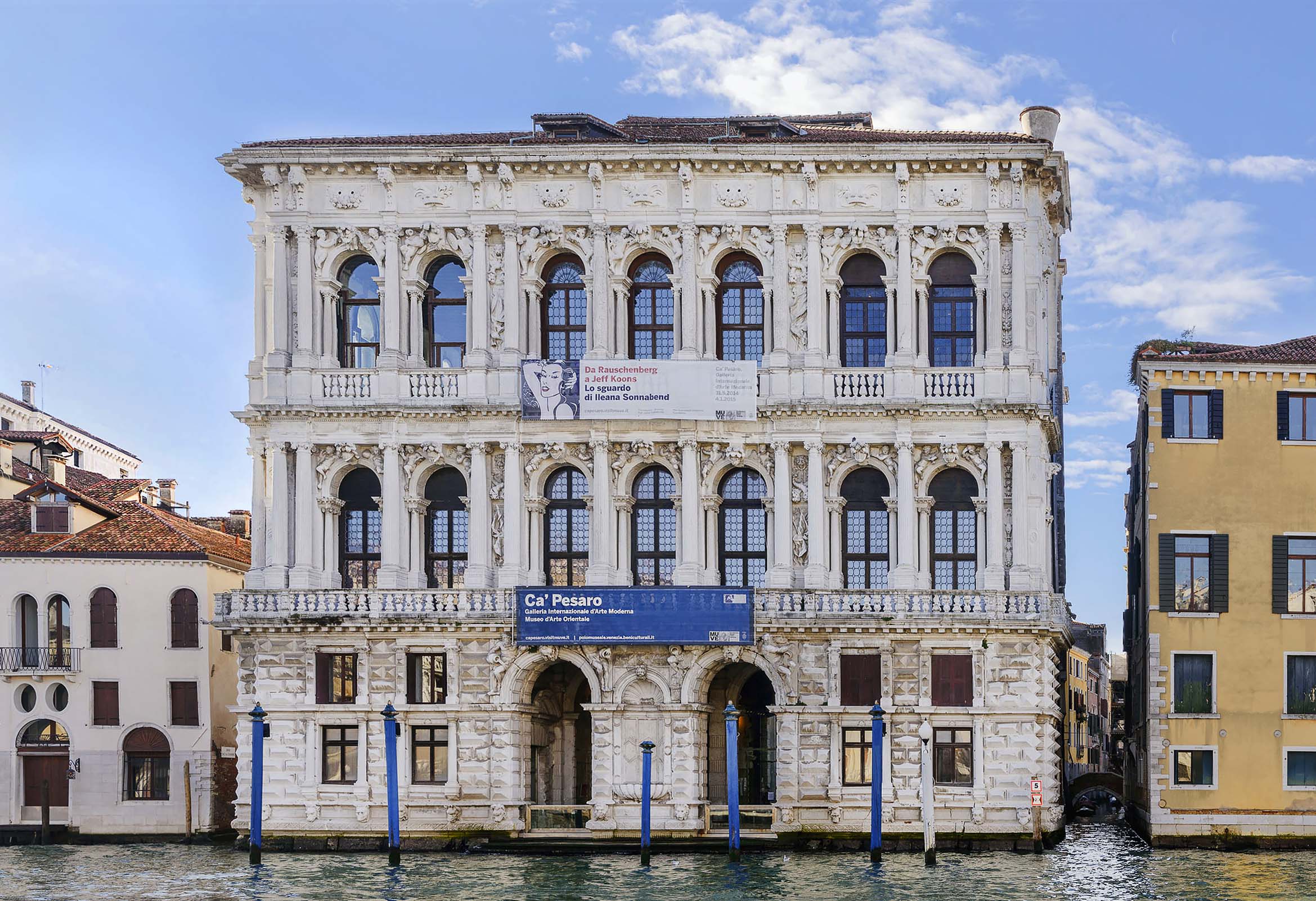
© FONDAZIONNE MUSEI CIVICI DI VENEZIA
In Venice, a city that inspired Mademoiselle Gabrielle, guests saw her life unfold over time through a personal collection of her photographs, paintings, drawings, books, and fashion creations, too. Her taste for overall classicism and baroque style was seen in many of the pieces on view, such as Jean Cocteau’s drawing of her, Coco Chanel (1930), where the intentionally graphic outline of her figure is characteristic of her but simple, free of unnecessary detail. The label from her very first perfume, produced in 1921, notably known as N°5, was also present.
Through past writing, and present collections of fantastical accessories, clothing, fragrances, and more, the romantic and galvanizing tale of Gabrielle Chanel continues to evolve as her legend lives on.
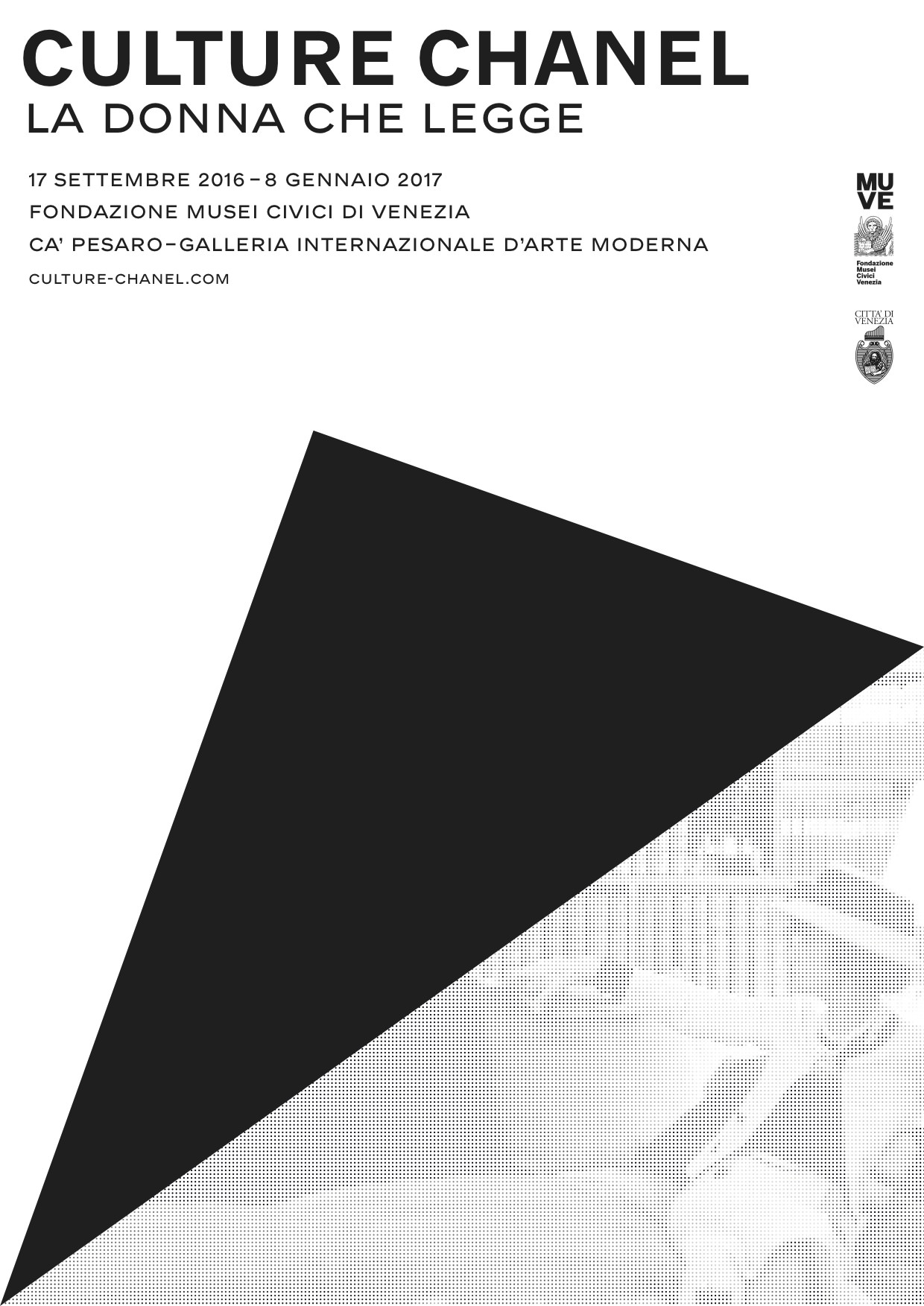
© CHANEL
This article appears in Whitewall‘s spring 2017 Women in the Arts Issue.

